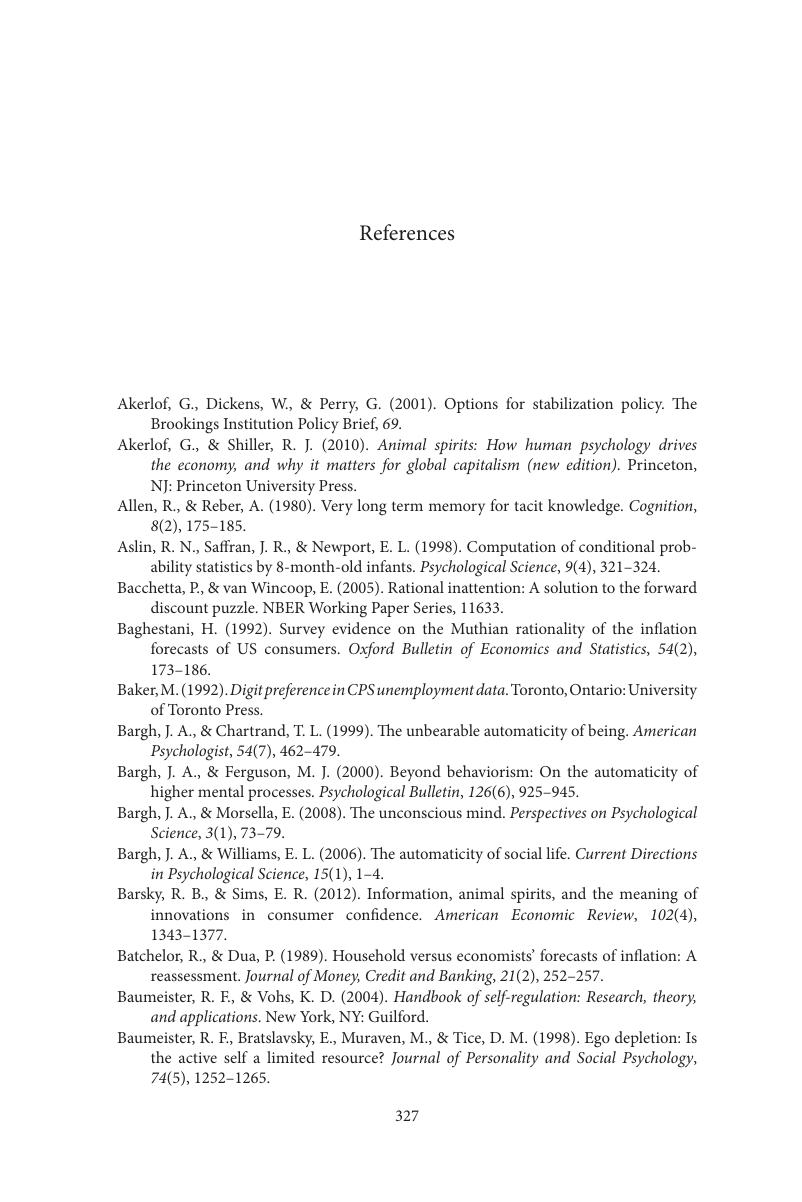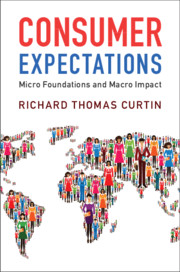References
Published online by Cambridge University Press: 05 March 2019
Summary

Information
- Type
- Chapter
- Information
- Consumer ExpectationsMicro Foundations and Macro Impact, pp. 327 - 340Publisher: Cambridge University PressPrint publication year: 2019
